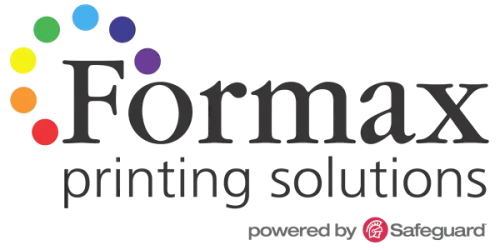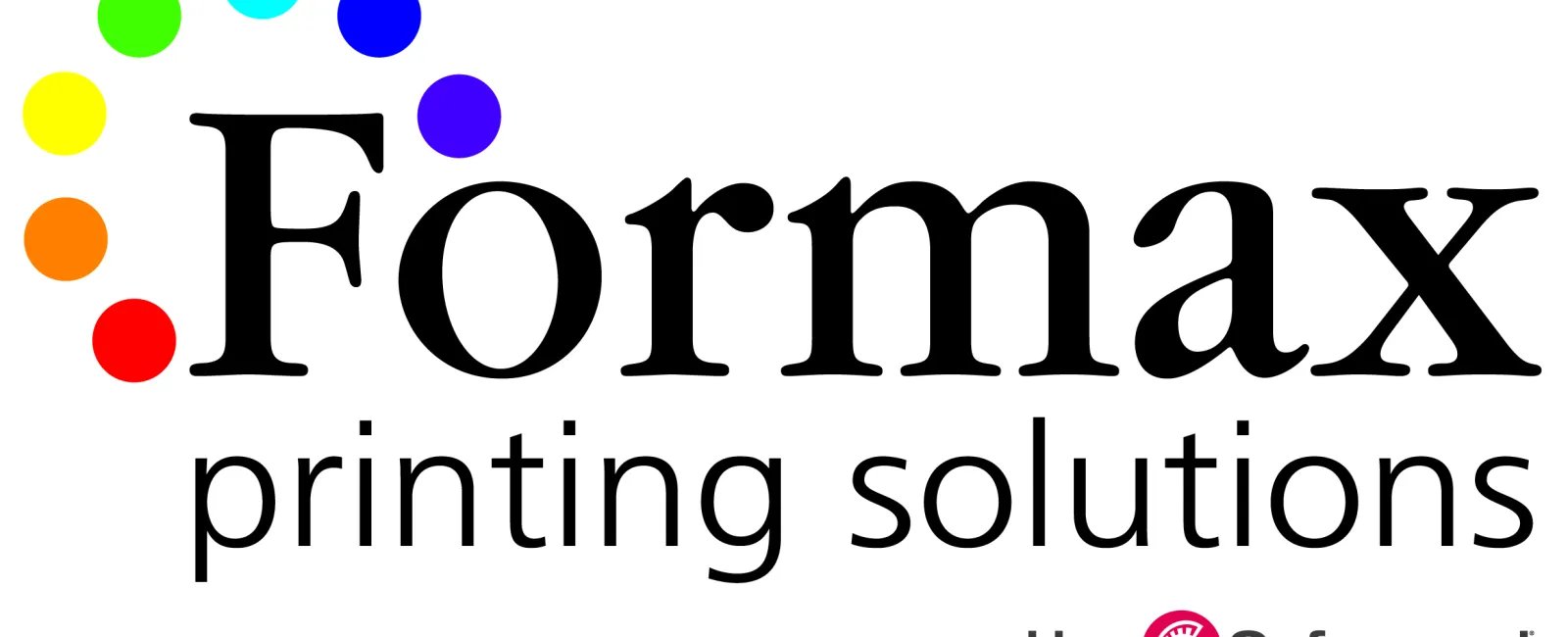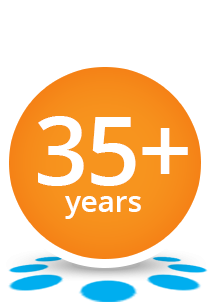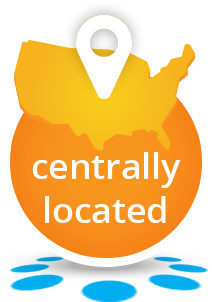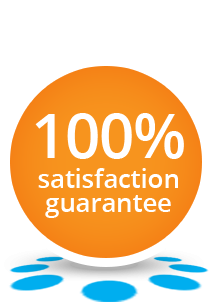When looking to produce posters, charts, wall maps or other large prints, the order quantity is generally what determines the most cost-effective production method for a particular project.

Because wide format ink-jet printers are specifically designed for short run print projects, they are not geared for speed. Also, like all digital printers, the production cost is the same per sheet whether you produce a single print or 500 prints. This means there likely won't be a sizeable unit price decrease as the order quantity increases.
Even though a wide format digital ink-jet printer is a great option for producing short runs of large prints, it is not an efficient or economical option for printing long production runs. Why? Because these printers have a relatively slow output rate and the production cost per unit remains fairly constant regardless of order quantity. In other words, long production runs can be prohibitively expensive.
How Can I Attain the Best Value for Long Production Runs?
Offset Printing has always provided the best value for longer production runs, such as 500 units or more. With offset printing, the unit cost goes down dramatically as the run size increases.
Traditional offset printing technology uses a series of rollers that transfer an inked image from a printing plate onto a rubber blanket. The image on the rubber blanket is then rolled onto the sheet of paper. Offset printing gets its name because the ink is not transferred directly from the plate to the paper. Rather, the image is "offset" onto the rubber blanket and then onto the paper.
Unlike a digital printer, an offset printing press requires custom-made printing plates, longer prep time and more preliminary adjustments to establish a smooth production run. These plate charges and higher set-up costs would inflate the unit cost of a small production run because they cannot be effectively distributed over a limited number of pieces.
However, as the order quantity increases to 500, 1000, or more, offset printing becomes the most cost-effective production method by far. Even though the set-up costs of an offset press run are greater than those associated with a digital production run, a larger order allows these higher initial costs to be distributed across more units.
Once an offset press is up and running, the actual cost of applying ink to paper is substantially less than that of a digital printer, which makes offset printing the ideal choice when larger quantities are needed. The larger the order, the cheaper each printed piece becomes.
Are All Offset Presses Capable of Producing Large Format Printing?
No. Even though offset printing is the most affordable method for producing long production runs, there are actually very few commercial print shops that have offset presses big enough to produce extra large prints. Fortunately, Formax Printing offers offset printing in sizes up to 50" x 72", which will accommodate the majority of poster, chart, and wall map projects (for indoor use).
So, whether you have a need for 500, 5000 or 50,000 oversized prints, give Formax Printing a call at 866-367-6221 and we'll be happy to discuss your upcoming project. Or, if you already know your specs, submit our quote request form. As always, we look forward to working with you!
Take care! Rick
